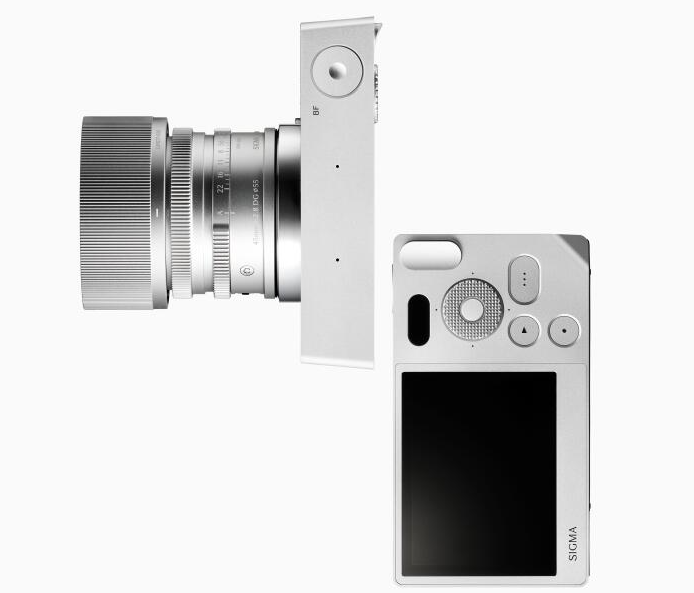Sony a1 II Review: Complete Guide

Sony A1 II: The Refined Flagship Camera for Hybrid Shooters
Sony has once again pushed the boundaries of mirrorless camera technology with the release of the highly anticipated Sony A1 II (Alpha 1 Mark II). As a successor to the groundbreaking A1, the A1 II builds upon its predecessor's strengths while introducing a range of refinements and improvements. In this comprehensive review, we'll dive deep into the features, performance, and overall value proposition of Sony's latest flagship camera.
Key Specifications:
- 50MP full-frame stacked CMOS sensor
- Up to 30fps continuous shooting with no blackout
- 8K video recording up to 30fps
- 4K video recording up to 120fps with no crop
- 8.5 stops of in-body image stabilization (IBIS)
- Dedicated AI processor for enhanced autofocus
- Dual CFexpress Type A/SD memory card slots
Body and Ergonomics:
The Sony A1 II features a redesigned body that closely resembles the A9 III, offering improved ergonomics and handling. The camera boasts a more substantial grip, making it comfortable to hold even during extended shooting sessions. The weather-sealed construction ensures reliable performance in challenging environments.
One of the most notable upgrades is the new 3.2-inch multi-angle touchscreen, which offers a resolution of 2.1 million dots. This is a significant improvement over the A1's tilting screen, providing greater flexibility for composing shots from various angles.
The A1 II's autofocus system is arguably the best seen in any Sony camera to date, making it an ideal choice for capturing fast-moving subjects with unparalleled precision.
Autofocus and Subject Detection:
Sony has taken the A1 II's autofocus capabilities to new heights with the inclusion of a dedicated AI processing chip. This advanced processor enables the camera to deliver a 30% improvement in human and animal recognition, as well as a 50% boost in bird AF performance compared to the A1.
The camera features a 759-point AF array and introduces a new Auto subject-detection AF mode, which intelligently identifies and tracks subjects in the frame.
Image Quality and Performance:
At the heart of the Sony A1 II is a 50MP full-frame stacked CMOS sensor, which delivers exceptional image quality with stunning detail and dynamic range. The camera maintains the impressive continuous shooting speeds of its predecessor, offering up to 30fps with the electronic shutter and 10fps with the mechanical shutter.
The A1 II's IBIS system has been enhanced, providing up to 8.5 stops of stabilization. This remarkable stabilization performance is particularly beneficial when using telephoto lenses, enabling sharp handheld shots even in low-light conditions.
Video Capabilities:
For video enthusiasts, the Sony A1 II is a true powerhouse. It offers 8K video recording up to 30fps and 4K recording up to 120fps with no crop, allowing for stunning slow-motion footage. The camera supports S-Log 3 and S-Cinetone picture profiles, providing extensive color grading options in post-production.
One notable addition is the support for user LUTs (Look-Up Tables), enabling users to apply custom color presets directly in-camera. While the A1 II lacks internal RAW video recording, which some competitors offer, it still delivers exceptional video quality suitable for professional productions.
For hybrid shooters who demand the best in both photo and video capabilities, the A1 II is a compelling choice.
Limitations and Drawbacks:
Despite its impressive capabilities, the Sony A1 II does have a few limitations. The most powerful stabilization modes are not available when shooting in 8K resolution, which may be a drawback for some users. Additionally, the camera does not offer 32-bit float audio recording, a feature found in some rival models.
While the A1 II represents a significant improvement over its predecessor, some may argue that the upgrades are more evolutionary than revolutionary. The camera faces strong competition from cheaper alternatives like the Nikon Z8 and Canon EOS R5 Mark II, which offer similar features at lower price points.
Value Proposition:
The Sony A1 II is undoubtedly a top-tier camera that excels in both photography and videography. However, with a price tag of $6,500 (body only), it is a significant investment. For existing A1 owners, the decision to upgrade will depend on their specific needs, particularly if they heavily rely on the improved autofocus and pre-capture capabilities.
For new buyers, the A1 II is an excellent choice if budget allows, as it offers uncompromising performance across various shooting scenarios. However, those with more limited budgets may consider alternatives like a discounted A1 or the A7R5, which provide similar capabilities at a lower cost.

Photo by Damon Rice on Unsplash
Conclusion:
The Sony A1 II is a refined flagship camera that builds upon the success of its predecessor, offering improved ergonomics, enhanced autofocus, and a range of practical upgrades. While it may not introduce groundbreaking new features, the A1 II solidifies Sony's position as a leader in the mirrorless camera market.
Ultimately, the Sony A1 II is a testament to Sony's commitment to pushing the boundaries of camera technology. It is a versatile and powerful tool that will undoubtedly find favor among professional photographers and videographers who require the utmost in performance and reliability.



Comments ()